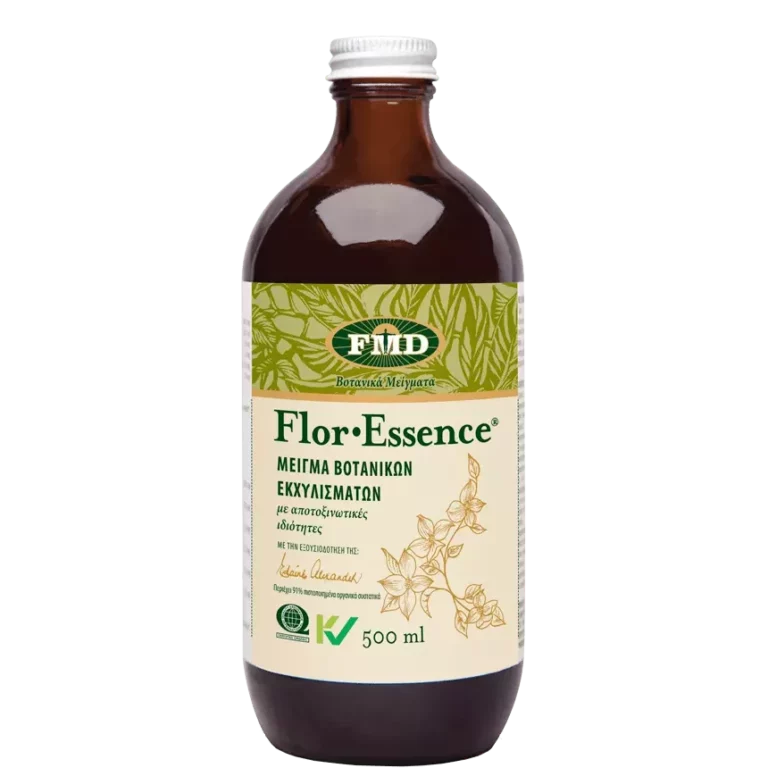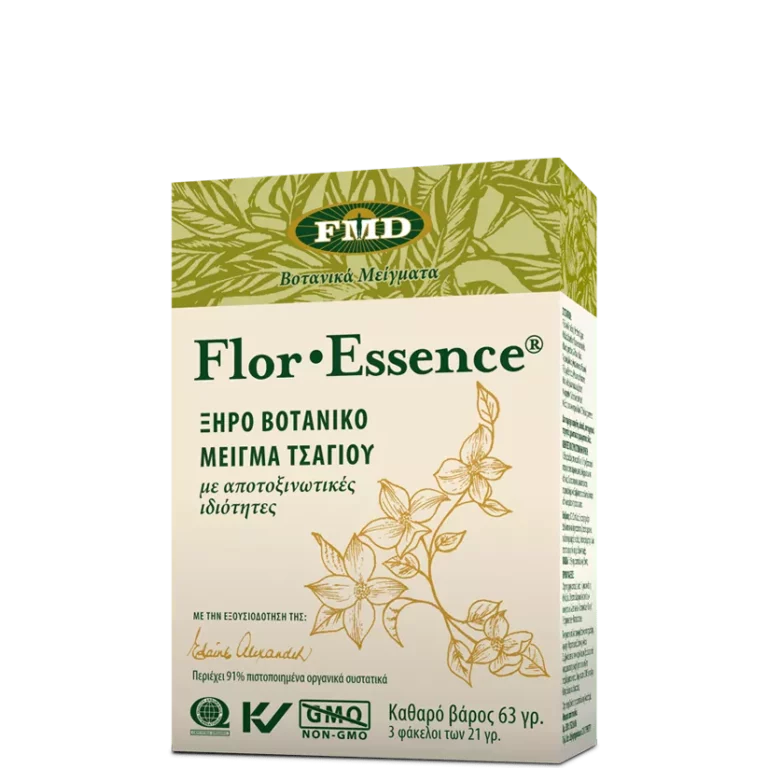Scientific Names of Slippery Elm Bark: Ulmus rubra Muhl., Ulmus fulva Muhl.
Forms:
Slippery Elm Bark Tea; Slippery Elm Bark Lozenges
Traditional Usage:
– Anti-inflammatory
– Antioxidant
– Breathing Disorders
– Cellular Regeneration
– Cleansing
– Constipation
– Detoxifying
– Diarrhea
– Digestive Upsets
– Diverticulitis
– Endotoxic Shock (Bacterial Infection Toxemia)
– Gastritis
– Hemorrhoids/Piles
– Hormone Imbalances
– Irritable Bowel Syndrome
– Poultice
– Reducing LDL Cholesterol
– Sore Throat
Overview:
Slippery elm inner bark is very rich in mucilage, a complex mixture of polysaccharides that form a soothing gelatinous fiber when water is added. The pleasant tasting high fibre ‘gruel’ or porridge made by adding water to the bark was traditionally used as both a food and a medicine by First Nations peoples, and later by European colonists. The mucilage was traditionally used internally for soothing sore throats and tonsillitis, coughs, dryness of the lungs and digestive upsets, and externally for healing wounds and other skin inflammations. Slippery elm tree and root bark were also used as folk remedies for treating many serious degenerative diseases. The bark is particularly recommended for soothing gastric diseases. The viscous fiber has several beneficial effects on digestion: 1) it reduces bowel transit time; 2) it absorbs toxins from the bowel; 3) it increases fecal bulk and dilutes stool materials thereby reducing stool contact with the intestinal mucosa; and 4) it enhances beneficial bacteria in the gut and provides an excellent substrate for bacterial fermentation. Eliminating estrogenic anaerobes from the gut can significantly help the body to regain critical hormone balances that are required for basic health. The bark has noted anti-inflammatory activity and because the mucilage resists hydrolysis and digestion by stomachs acids and enzymes, it therefore maintains it’s soothing action throughout the entire digestive system. Slippery elm bark mucilage also helps to moisten the throat, nasal passages, and lungs. It was also traditionally used for treating abscesses, dysentery, urinary conditions and fever. Poultices were traditionally used to support bone and joint health, reduce swollen glands and stop the spread of infections.
Active Ingredients:
The bark contains a complex mixture of polysaccharides including pentoses, methyl-pentoses and hexoses that form a soothing gelatinous fiber or mucilage. The bark also contains high concentrations of anti-oxidants including beta-sitosterol, traces of beta-carotene and flavonoids including proanthocyanidins.
Suggested Amount:
Slippery elm bark tea is taken 3-5 times per day, or as required. Alternatively, porridge of the bark can also be taken throughout the day, as required. Sufficient amounts of water (1:10) should be taken at the same time to ensure maximum therapeutic benefits and to prevent impacted bowel. Take slippery elm bark lozenges as needed throughout the day for coughs and throat irritations. Note: Wild crafting of slippery elm bark for the health food market has threatened these trees in their native habitats, and so it is recommended that consumers assure that they are using cultivated sources (such as from Flora) or use alternative herbs such as marshmallow root, also rich in mucilage.
Drug Interactions:
As with other sources of soluble fibre, slippery elm bark mucilage can interfere with the absorption of other medicines within the gut if they are taken at the same time. As such, take prescription medications at an alternate time to consuming slippery elm bark.
Contraindications:
High fibre products are contraindicated in the case of impacted bowel or bowel blockage of any origin.
Side Effects:
If sufficient amounts of liquid (1:10) are taken, as indicated above, then there are no known side effects. As with any type of fibre, it is important not to take too much all at once and over do it. If fibre is taken above the recommended dosage, or without adequate amounts of liquid, then impacted bowel can and may result causing related infections and thereby leading to the need for hospitalization – so don’t over do it and drink lots of liquids when taking any source of fibre.
References:
Beveridge RJ, Stoddart JF, Szarek WA, and Jones JKN. 1969. Some
Structural features of the mucilage from the bark of Ulmus fulva
(Slippery elm mucilage). Carbohydr Res 9: 429-439.
Bradley PR (ed). 1992b. Slippery Elm Bark in British Herbal Compendium Vol. 1.
British Herbal Medicine Association, Bournemouth, Dorset, p. 204.
Castleman M. The healing herbs. Emmaus, PA: Rodale Press, 1991: 342-344.
Duke JA. 1985d. Ulmus rubra Muhl. (Ulmaceae). In Handbook of Medicinal Herbs.
CRC Press, Boca Raton, FL, pp. 495-496.
Hutchens AR. 1973. Slippery Elm in Indian Herbology of North America. Shambhala
Publishers, Inc., Boston, MA, pp. 252-253.






